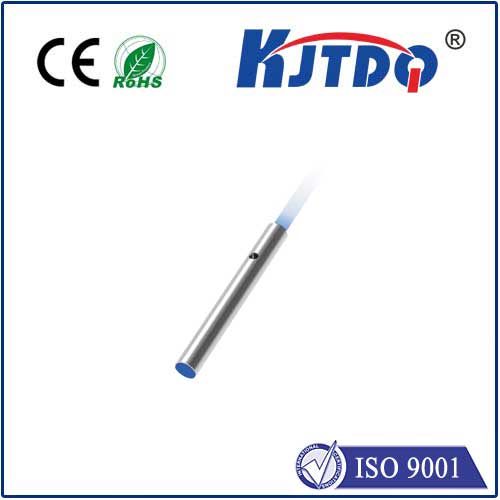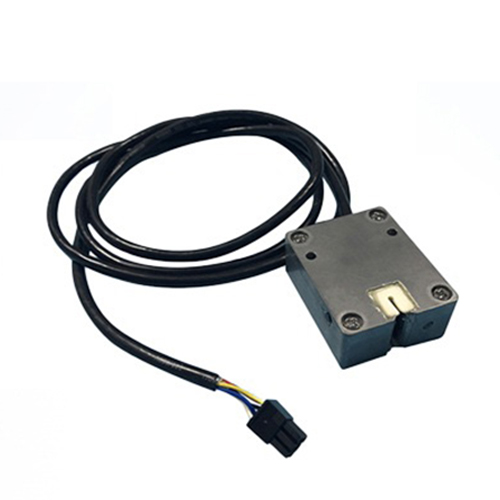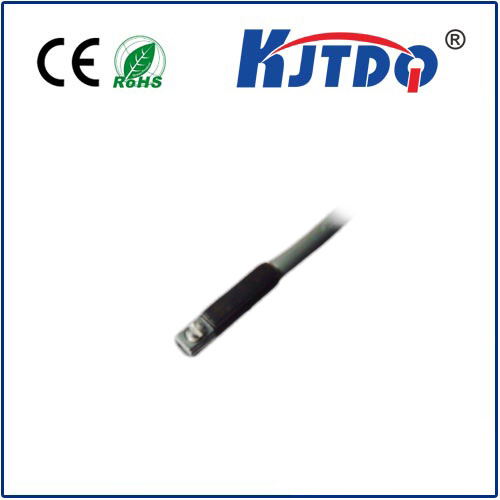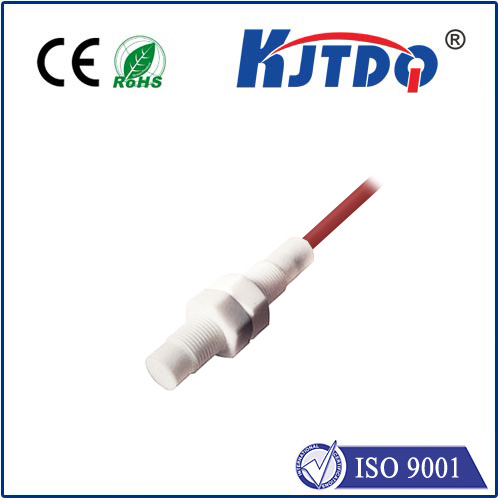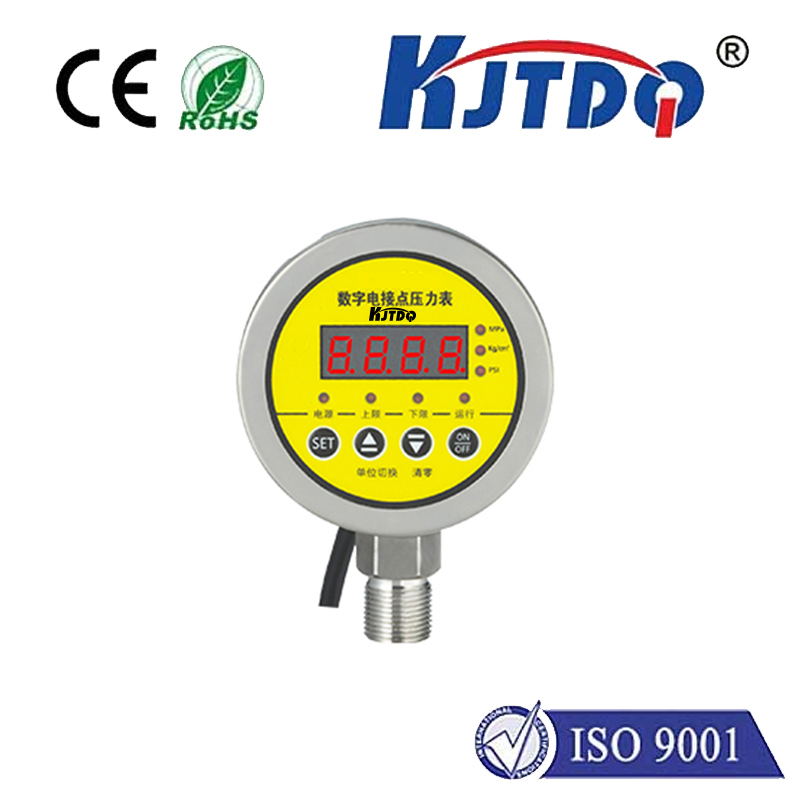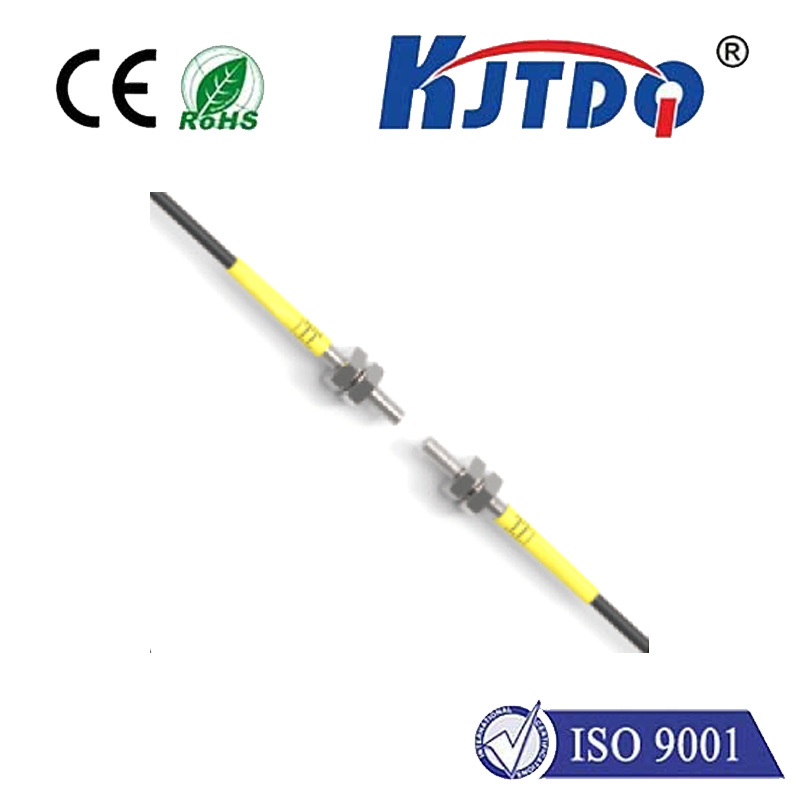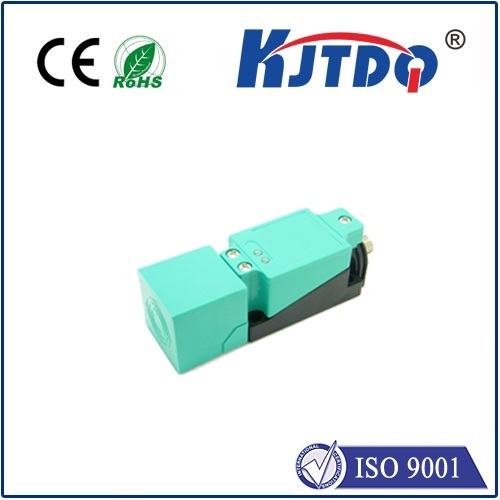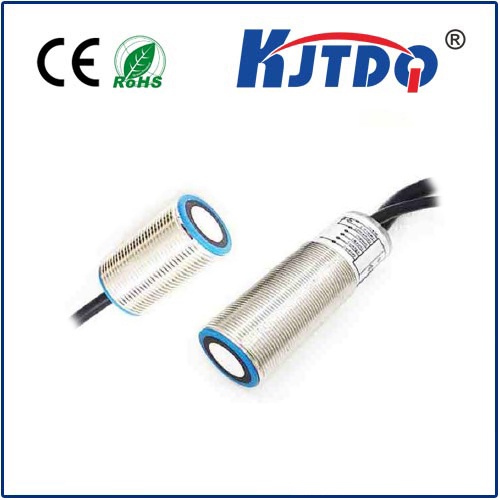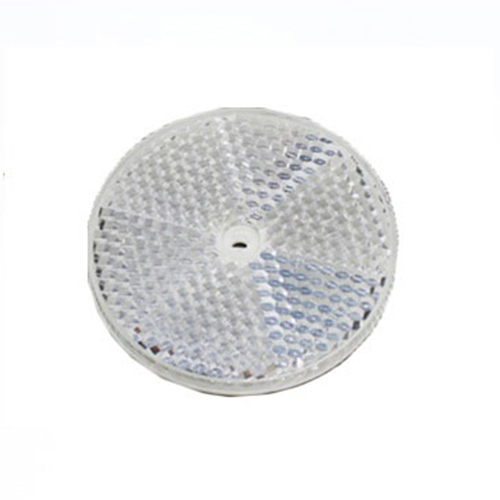distance sensor high precision
- time:2025-08-29 03:26:27
- Click:0
The Critical Edge: Why High-Precision Distance Sensors Are Revolutionizing Measurement
In a world increasingly driven by data and automation, the ability to measure distance with unwavering accuracy isn’t just desirable – it’s fundamental. From robotic arms assembling intricate electronics to medical devices navigating delicate procedures, the margin for error shrinks daily. This is where high-precision distance sensors step out of the laboratory and onto the factory floor, becoming the unsung heroes enabling technological breakthroughs. But what exactly constitutes “high precision,” and why is achieving it such a significant feat? This exploration delves into the technologies, challenges, and transformative applications of sensors offering sub-micron or even nanometer-level accuracy in distance measurement.
Beyond the Basics: Defining “High Precision”
Not all distance sensors are created equal. While basic proximity sensors might indicate presence or absence, and standard laser rangefinders offer millimeter accuracy for construction, high-precision distance sensors operate on a different plane. We’re typically talking about measurement resolutions and accuracies in the micrometer (µm) or nanometer (nm) range. Achieving this level of fidelity requires overcoming significant challenges:

- Environmental Noise: Temperature fluctuations, air currents (even at the micro-scale), vibrations, and stray light can drastically interfere with sensitive measurements.
- Target Properties: The surface’s color, reflectivity, transparency, roughness, and even its angle relative to the sensor (incidence angle) can affect the signal quality and accuracy.
- Speed Requirements: Many applications demand not just high accuracy, but also high-speed measurements, forcing a balance between precision and acquisition rate.
- Fundamental Physics: Diffraction limits the smallest spot size a laser can achieve, imposing a theoretical boundary on resolution based on wavelength.
The Engines of Accuracy: Key Technologies
Several core technologies power high-precision distance sensing, each with its strengths:
- Laser Triangulation (Enhanced): While common, high-precision variants use specialized optics, ultra-high-resolution position-sensitive detectors (PSDs), and sophisticated algorithms to correct for target variations and environmental effects, pushing accuracy deep into the micron realm.
- Confocal Chromatic Sensing: This technique exploits chromatic aberration. White light focused through a lens creates a longitudinal chromatic focal plane. Only the wavelength perfectly focused on the target surface is reflected back dominantly. Analyzing the reflected spectrum’s peak wavelength provides absolute distance with high precision, largely immune to surface characteristics – ideal for transparent or multi-layered objects.
- Laser Interferometry: Representing the gold standard for ultimate precision (often nm level), interferometers compare the phase of a reference laser beam split into two paths – one travelling to the target and back. Minute changes in the target distance cause constructive or destructive interference, detected with extreme sensitivity. Often used for calibration or metrology-grade applications.
- Time-of-Flight (ToF - High-Res): Advanced time-of-flight sensors use ultra-short laser pulses or sophisticated modulation schemes (like phase-shift measurement) combined with very high-speed electronics to achieve micron-level precision, especially over shorter ranges. These excel in non-contact measurements where speed is also critical.
- Spectral Interferometry: Combining principles of interferometry and spectroscopy, this technique analyzes the interference pattern across a broad spectrum of light, offering high precision and the ability to measure absolute distances over gaps, even through glass.
Where Microns Matter: Transformative Applications
The impact of high-precision distance measurement is profound across diverse sectors:
- Advanced Manufacturing & Robotics: Ensuring sub-micron positioning accuracy for CNC machining, robotic assembly (electronics, optics), wafer alignment in semiconductor production, and real-time quality control of machined parts’ dimensions and surface profiles.
- Semiconductor & Electronics: Critical for photolithography mask alignment, wire bonding control, inspecting micro-electromechanical systems (MEMS), and measuring minute layer thicknesses on chips.
- Precision Metrology: Calibrating master gauges, verifying the flatness of optical surfaces, and measuring the dimensional stability of materials under varying conditions rely heavily on interferometric or high-end confocal sensors.
- Medical Technology & Life Sciences: Enabling precise positioning in surgical robots, focusing high-resolution microscopes (confocal microscopy relies on the principle), developing lab-on-a-chip diagnostics requiring microfluidic channel control, and analyzing cell morphology.
- Automotive R&D: Used for accurately measuring engine component clearances, deformation testing under load, aerodynamic surface profiling, and developing advanced driver-assistance systems (ADAS) sensors.
- Scientific Research: Fundamental physics experiments, materials science (studying expansion/contraction), astronomy (telescope alignment), and nanotechnology development demand the utmost accuracy.
Implementing High-Precision Successfully: Key Considerations
Integrating these sophisticated sensors requires careful planning:
- Stability is Paramount: A rigid, vibration-isolated mounting setup is non-negotiable. Even microscopic flexure can ruin accuracy.
- Environmental Control: Controlling temperature drift and eliminating air turbulence (e.g., using enclosures) is often essential, especially for interferometry.
- Target Suitability: Understand the sensor’s limitations regarding target surface properties (reflectivity, roughness, material). Confocal sensors often offer the broadest surface compatibility.
- Calibration and Traceability: Regular calibration against known standards is crucial. Ensure the sensor’s output is traceable to national or international measurement standards for critical applications.
- Data Processing: The raw signal is just the beginning. Sophisticated real-time signal processing algorithms are vital for filtering noise, compensating for environmental effects, and delivering the final high-precision measurement value reliably.
The relentless drive towards miniaturization, higher quality, and greater automation ensures that high-precision distance sensors will only grow in importance. They are the enabling technology allowing us to build smaller, smarter, and more reliable devices and systems. Mastering distance measurement at the micron and nanometer scales unlocks new frontiers in engineering, manufacturing, medicine, and scientific discovery, proving that sometimes, the smallest measurements yield the most significant impacts.












